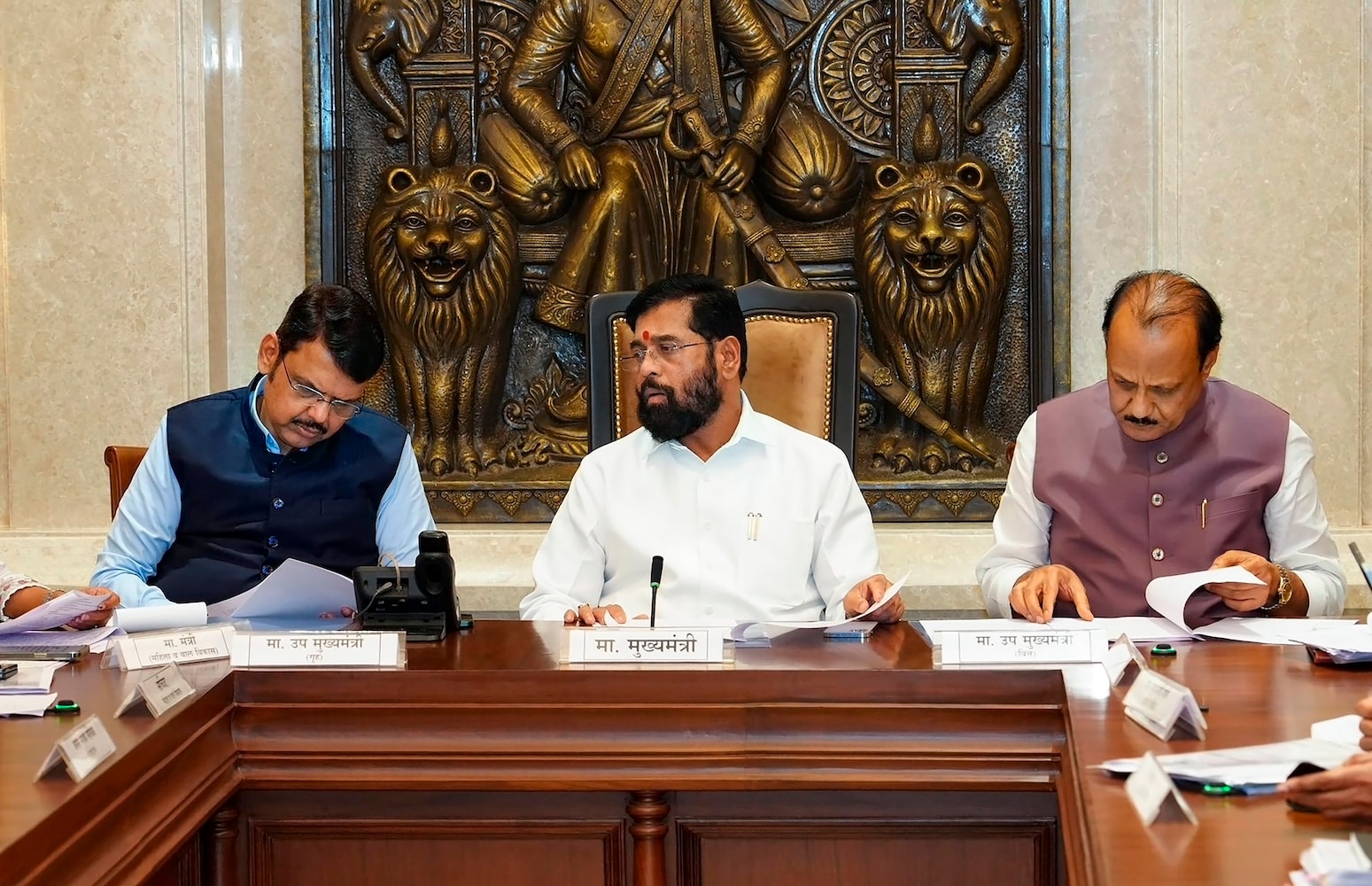
By Lalin I De Silva Senaka Muhandiramge Senaka Muhandiramge holds a degree in Economics, Translation, and French from the University of Kelaniya, an MBA from the University of Colombo, and a National Diploma in Personnel Management (NDPM) from CIPM Sri Lanka. With over 35 years of HRM and administration experience, he has worked in various sectors, including multinationals. He is a lecturer in HRM and Organisational Behaviour (OB) for universities and professional institutions.
A fellow of CIPM and a member of SLITAD, he now works as a freelance HR consultant and lecturer. Passionate about developing future leaders, he has supervised research and conducted numerous training programs. Senaka is a freelance value chain management consultant at www.

vivonta.lk Aim of this Write-Up: To explore how Sri Lanka’s workforce is categorised and measured compared to global standards, and to offer HRM-driven solutions for optimizing workforce participation and economic growth. The global workforce is divided into formal and informal sectors, including categories such as government employees, corporate workers, self-employed individuals, and casual labourers.
Each of these groups contributes to a country’s labour force participation rate (LFPR) and overall economic performance. In Sri Lanka, much of the workforce remains informal, and the nation faces challenges in accurately counting and integrating these workers into official statistics. This write-up examines the complexities of workforce measurement, the legal and illegal employment divide, and how governments calculate the workforce.
We offer insights into Sri Lanka’s labor market, focusing on the gap between its structure and global best practices, and suggest HRM strategies to improve workforce participation, particularly in the informal economy and underrepresented groups like women and rural workers. The Gap: The Gap Between Global Situation and Sri Lanka: Globally, workforce categorisation is well-defined, with labour force participation measured by both formal and informal sectors. In developed economies, governments have a more accurate count of the workforce due to strong institutional frameworks, labour surveys, and effective data collection methods.
Additionally, formal employment, with legal benefits, dominates in these regions, supported by well-regulated informal sectors that contribute to the economy but are harder to measure. In contrast, Sri Lanka faces significant gaps in its ability to fully measure and harness its workforce potential. The informal sector accounts for a large portion of Sri Lanka’s labor force, making it difficult for the government to assess economic contributions accurately.
Key challenges include: High Informality: A large number of self-employed, day laborers, and family workers are unaccounted for in official statistics, reducing the visibility of their contribution to the economy. Agricultural Workforce: In Sri Lanka, many agricultural workers operate informally, unlike global models where agriculture is more structured. Under-the-Table Jobs and Illegal Workers: Unregistered work, including informal domestic and casual labour, is prevalent in Sri Lanka but remains outside the tax and social security systems, limiting government oversight and revenue collection.
Limited Female Participation: Gender inequality continues to affect Sri Lanka’s labour force, with many women excluded from formal employment opportunities. Suggestions from an HRM Perspective: To address these challenges and bring Sri Lanka closer to global workforce standards, HRM strategies are vital. Here are several recommendations: 1.
Formalising the Informal Sector: Introduce incentives for informal workers to register their businesses and encourage small business owners and family workers to transition into the formal economy. This could be done through tax incentives, business support, and microfinance opportunities. 2.
Reinforcing Labor Laws: Strengthen and modernise labor regulations to cover informal workers, ensuring protections for casual laborers and self-employed individuals. This includes creating labor policies that integrate informal workers into social security and pension schemes. 3.
Promoting Agricultural Formalisation: Develop structured cooperatives or associations in the agricultural sector, ensuring that workers are included in formal employment statistics. This can improve data accuracy and provide these workers with access to benefits. 4.
Addressing Gender Inequality: Implement targeted programmes to increase female workforce participation. These could include flexible work arrangements, affordable childcare, and training programmes focused on enhancing women’s skills in high-demand sectors like digital services, finance, and healthcare. 5.
Enhancing Data Collection: Improve labor force surveys to more accurately capture the informal workforce. This could be done through localized data collection efforts, particularly in rural areas, ensuring that underrepresented workers are included in economic planning. Sri Lanka’s workforce is complex, with a significant portion operating outside the formal economy, making accurate measurement and effective policy-making difficult.
Bridging the gap between global workforce standards and Sri Lanka’s current situation requires a concerted effort to formalise the informal sector, strengthen labour laws, and enhance data collection. From an HRM perspective, modernising labour policies, promoting female participation, and addressing the challenges faced by informal and unregistered workers will be crucial for Sri Lanka to improve its labour force participation rate, boost economic productivity, and foster long-term development. By taking these steps, Sri Lanka can better align its labor market with global standards and unlock the potential of its entire workforce.
Lalin I De Silva, former Senior Planter, Agricultural Advisor / Consultant, Secretary General of Ceylon Planters Society, Editor of Ceylon Planters Society Bulletin and freelance journalist.














